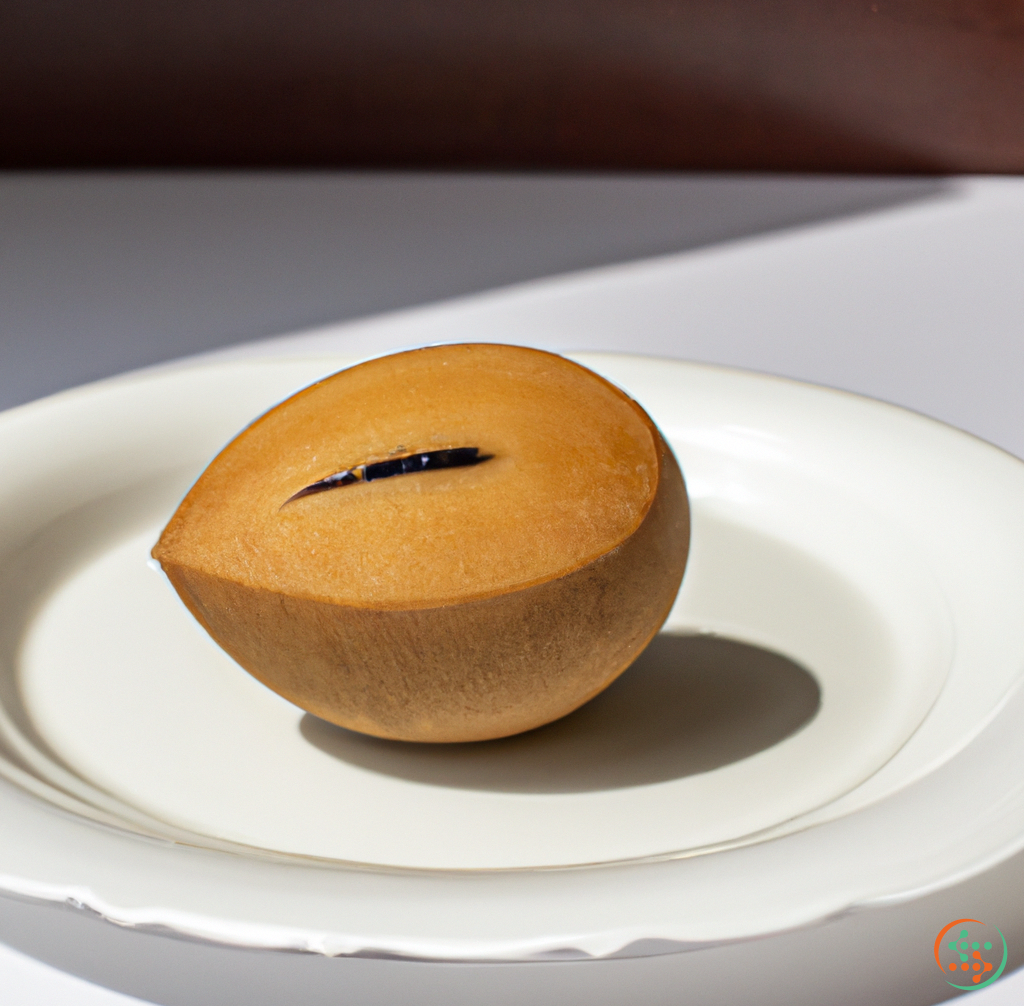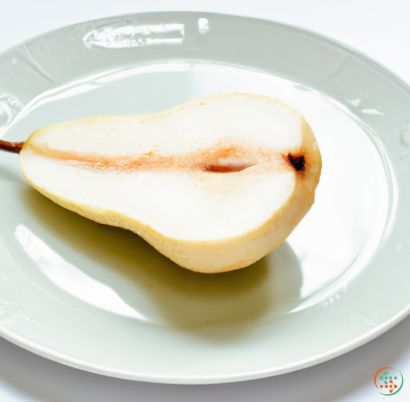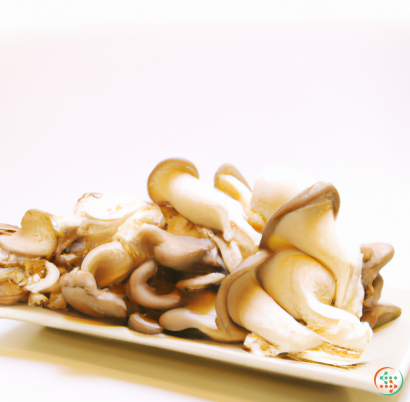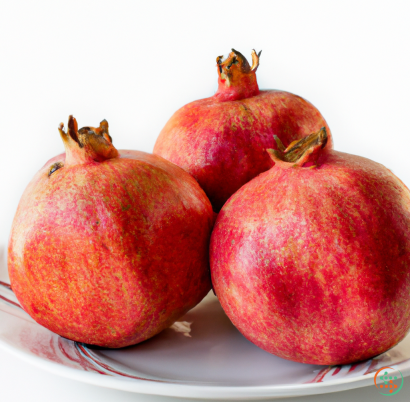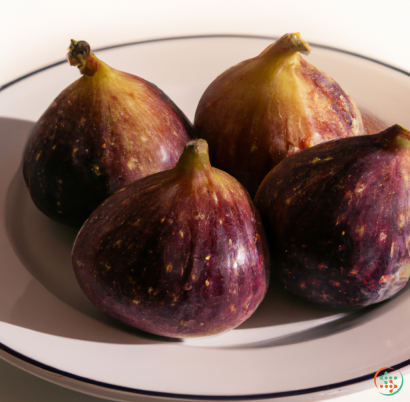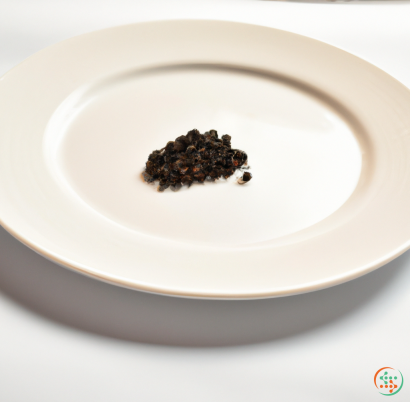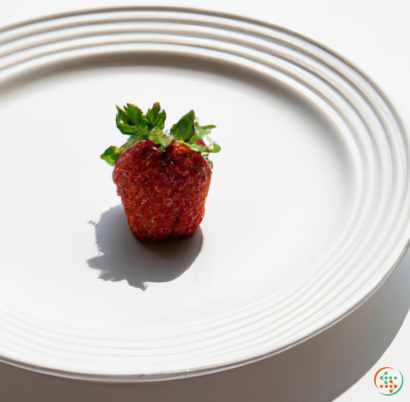Sapodilla
Should you be strolling the aisles of your local grocery store and spot an unfamiliar looking brown and tannish fruit, more than likely, you’ve stumbled upon a Sapodilla. Also known as Chikoo, Chico, Zapote, and Naseberry, the Sapodilla is an increasingly popular subtropical fruit found in Southeast Asia, Mexico, Central America, the Caribbean, and parts of the United States. Interesting not just in visual appearance, texture and flavor, the Sapodilla is also highly nutritious and holds a history of medicinal use in traditional medicine.
The Sapodilla has a unique, football shape and ranges in size from about two to four inches in diameter. Its exterior resembles that of a persimmon, yellow-orange and bumpy. When ripe, the color changes to a red-brown with hints of yellow. When cut open, the inside reveals bright, golden-orange flesh and a handful of hard, dark brown seeds. The taste is described as being sweet and malty with subtle notes of dates and brown sugar.
Besides its outstanding flavor, the Sapodilla is also rich in numerous vitamins and minerals. Its most outstanding characteristic its high vitamin C content, containing about six times that of oranges. Vitamin C repairs and maintains many vital bodily functions, as well as boosts your immune system. Also noteworthy is its ample vitamin A supply which promotes healthy eyesight, a strong heart and reproductive system. The fruit is also high in dietary fiber, antioxidants, and minerals such as iron and magnesium.
The nutritional benefits of the Sapodilla have long been recognized in alternative medicinal practices, not just for enhanced health, but for the treatment of several illnesses. The juice or syrup of the Sapodilla has long been used to treat diarrhea in both adults and children. Sapodilla tea may be used to help alleviate nausea and morning sickness. The bark and leaves are traditionally used as a laxative and antidiarrheal, while its juice was once known to be used as a remedy for jaundice.
Your Sapodilla journey doesn’t have to stop at the grocery store. Given the right growing conditions, you could attempt to invest in your own Sapodilla tree. They do well in warm temperatures, humid climates and acidic soil. It’s said that a single mature tree can produce up to 500 fruits a year, but more than likely you’ll get away with 300-400. It takes roughly 9 months to go from flower to ripe fruit, so be prepared for a year-long wait once planted.
Whether purchased from the store or grown in your backyard, the Sapodilla can be an enjoyable addition to your fruity kitchen experiments. Eat it as is, enjoy in its pulp form or add to a smoothie. Since it has a naturally sweet taste, it can also make for a pleasing topping on yogurt, cereal or pancakes, or try incorporating it into a salsa recipe. You can even top it with cream or ice cream for a truly delightful dessert.
Sapodillas may not be the most popular, but this fruit is certainly deserving of attention. From its unique appearance and flavor, to its impressive list of potential health benefits, the Sapodilla makes for a rewarding and unmistakable culinary experience.
An Introduction to the Wonders of Sapodilla
The sapodilla, or Manilkara zapota, is a humble green-brown fruit, native to the tropics of Central and South America. Though plain looking and underappreciated, the sweet pulp and fibrous texture of this pastry-like treat have made it a favorite dessert of dessert lovers, nutritionists, and health enthusiasts all over the world. But what goes into creating this one-of-a-kind delicacy and making sure it gets to your dinner plate? This blog post takes a look at the scientific process of growing and harvesting sapodilla, along with the steps taken to get them from the tree to your kitchen table.
What Is Sapodilla and Where Does It Come From?
Sapodilla is a species of evergreen tree that produces fruits with a yellowish-brown rind. The fruit grows to be about the size of an apple and inside its rind lies a soft, yellow to pale brown pulp surrounding a set of hard, oval-shaped seeds. When ripe, sapodilla has a sweet and delicate flavor and texture similar to that of a pear.
Though the origins of sapodilla are unclear, it is thought to have been first cultivated by the Mayans and the Aztecs who were the earliest known inhabitants of Central and South America. Today, sapodillas are mainly grown in Mexico, Brazil, Nicaragua, and other parts of Central and South America, though they have started to be grown in limited parts of the Caribbean and even some parts of Asia.
The Growing Process
For much of the year, sapodilla trees remain dormant. In the spring, they come alive with the start of the blooming season. This is when the trees produce clusters of small white flowers that grow in the leaf axils and open up around mid-day. The flowers are highly attractive to bees, who help pollinate the tree to ensure a good crop. The seedlings typically begin to form after pollination, and these can be either male or female. Male seedlings will flower and pollinate, while the female seedlings will bear fruit.
The fruit starts to form when the pollination is complete and typically take about 6 to 8 months to reach full maturity. During this period, the sapodilla slowly begins to develop its yellowish-brown rind. Inside this rind lies a soft, yellowish to pale brown pulp that holds a set of hard, oval-shaped seeds.
The Harvesting Process
To ensure a good crop, sapodillas need to be harvested at the right time. Since the fruit is not fully ripe until the rind turns dark brown, the harvesting process typically takes place during the spring and summer months. However, to avoid rot, the fruit needs to be harvested before it reaches its peak maturity. A well-trained eye can typically identify ripe sapodillas as they become darker in color and slightly softer.
Once the fruit is harvested, it needs to be carefully handled so as not to bruise or damage it. The fruit is then washed and dried and allowed to cure for about a week in a cool, dry place. This helps to ensure that the pulp and rind are firm and the flesh of the fruit is ripe and sweet.
Processing Sapodilla
Processing sapodillas is a complex process which involves sorting, grading, packaging, and labeling. First, the fruit is separated into two categories: fresh and processed. Fresh sapodillas are sent straight to market while processed ones are further processed into canned, frozen, or dried products.
Once sorted, the fruits are graded and separated into different sizes. Depending on the size of the fruit, it can be used for different purposes. Smaller fruits are typically used for canning and freezing, while larger ones are used for fresh consumption in desserts or for making jams and jellies. The fruits are then carefully packaged according to their intended use, either in cardboard boxes or cellophane wrap. Finally, the packages are labeled and sent off to the various markets and customers.
Sapodilla in the Kitchen
Sapodilla is a versatile fruit that can be used in a variety of ways. Most people prefer to eat it fresh, though it can also be canned, frozen, or dried and used in various desserts, such as pies and cobblers. Sapodilla is also often used in smoothies and other fruit-based drinks. In addition, it can be candied and used as a garnish on cakes and other baked goods.
Conclusion
Sapodilla is a delicious and nutritious fruit that is popular in many parts of the world. From its origins in the tropics of Central and South America, the fruit has been grown and harvested carefully and processed into various products. Through careful handling, the fruit makes its way from the tree to the diner's plate in a variety of desserts and sweet treats. So next time you have a craving for something a little different, give the humble sapodilla a try. You'll be glad you did!
| Vitamin A | 0.003 mg | |
| Vitamin C | 0.0147 grams | |
| Vitamin B2 | 0.02 mg | |
| Vitamin B3 | 0.2 mg | |
| Vitamin B5 | 0.25 mg | |
| Vitamin B6 | 0.04 mg | |
| Vitamin B9 | 0.014 mg |
| Calcium | 0.021 grams |
Daily Value 1.3 g
|
| Iron | 0.8 mg |
Daily Value 0.018 g
|
| Magnesium | 0.012 grams |
Daily Value 0.4 g
|
| Phosphorus | 0.012 grams |
Daily Value 1.25 g
|
| Potassium | 0.193 grams |
Daily Value 4.7 g
|
| Sodium | 0.012 grams |
Daily Value 2.3 g
|
| Zinc | 0.1 mg |
Daily Value 0.011 g
|
| Copper | 0.09 mg |
Daily Value 0.9 mg
|
| Selenium | 0.6 ug |
Daily Value 0.055 mg
|
| Tryptophan | 0.005 grams | |
| Threonine | 0.012 grams | |
| Isoleucine | 0.015 grams | |
| Leucine | 0.024 grams | |
| Lysine | 0.039 grams | |
| Methionine | 0.003 grams | |
| Phenylalanine | 0.013 grams | |
| Tyrosine | 0.014 grams | |
| Valine | 0.016 grams | |
| Arginine | 0.017 grams | |
| Histidine | 0.016 grams | |
| Alanine | 0.014 grams | |
| Aspartic Acid | 0.032 grams | |
| Glutamic Acid | 0.038 grams | |
| Glycine | 0.017 grams | |
| Proline | 0.036 grams | |
| Serine | 0.018 grams |
| Total Sugars | 0.131141 grams |
per 100g
|
| Palmitic acid (16:0) | 0.1 grams |
|
| Stearic acid (18:0) | 0.09 grams |
|
| Total Saturated fatty acids: | 0.19 g | |
| Oleic acid (18:1) | 0.52 grams |
|
| Total Monounsaturated fatty acids: | 0.52 g | |
| Linoleic acid (18:2) | 0.01 grams |
|
| Total Polyunsaturated fatty acids: | 0.01 g | |
